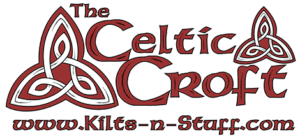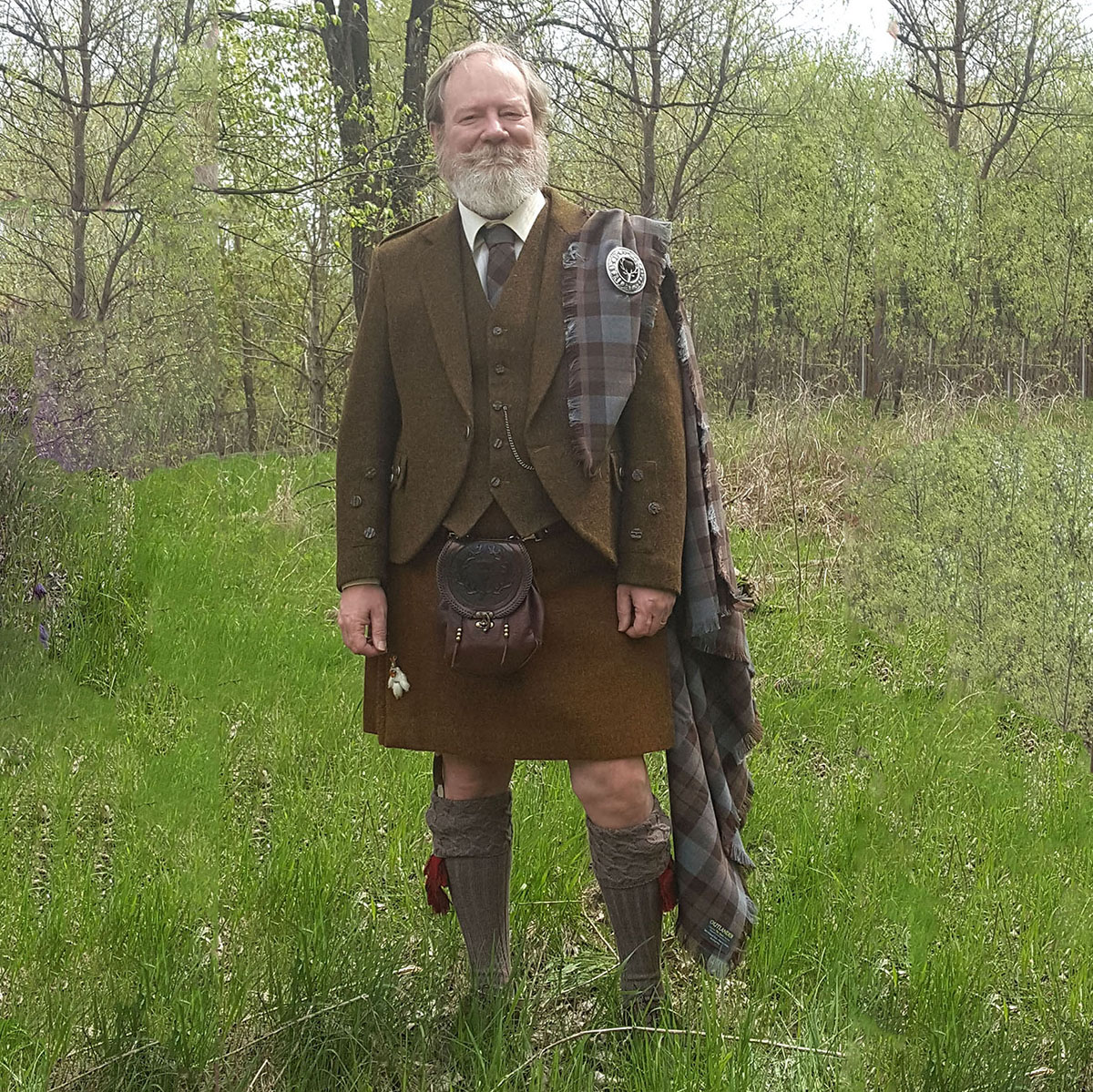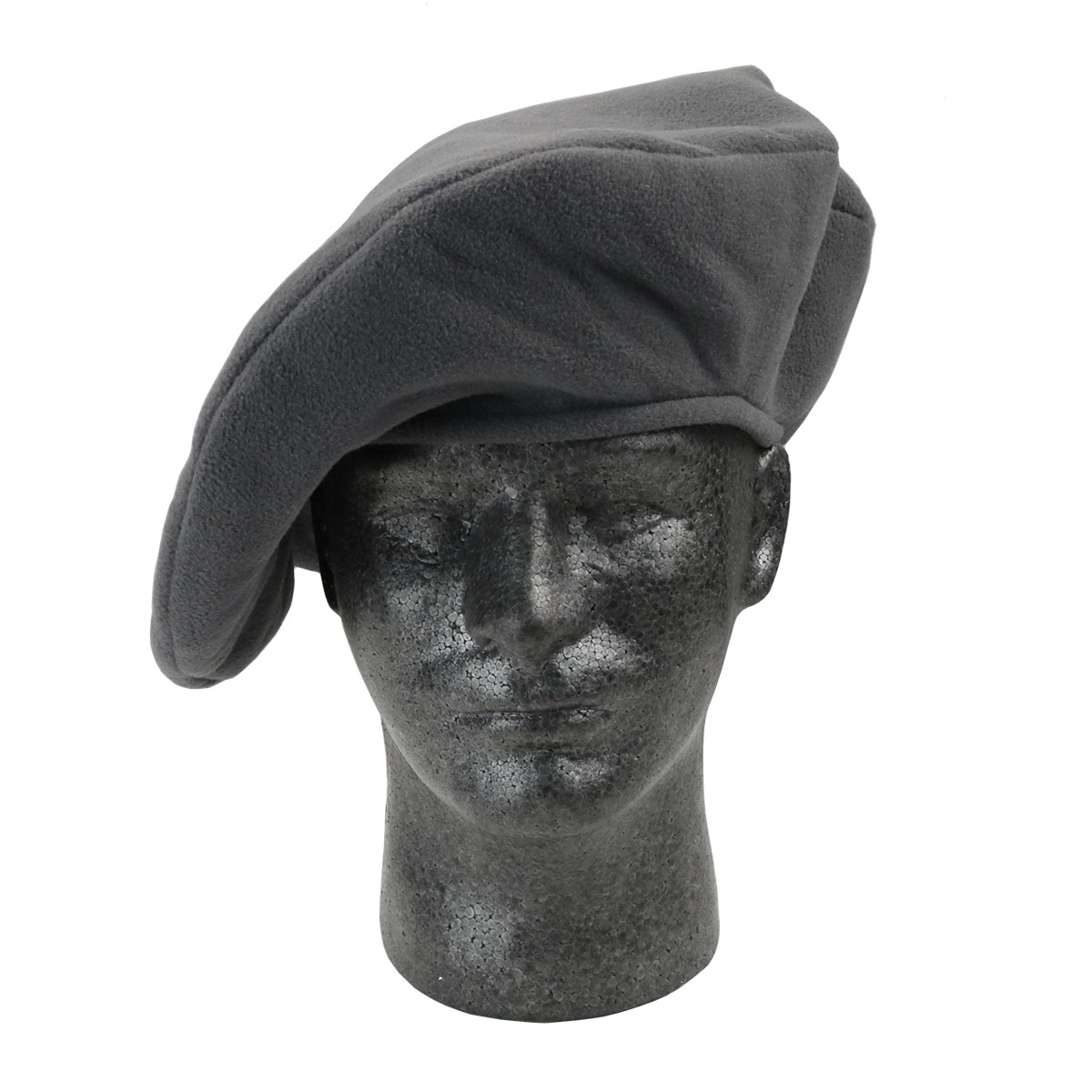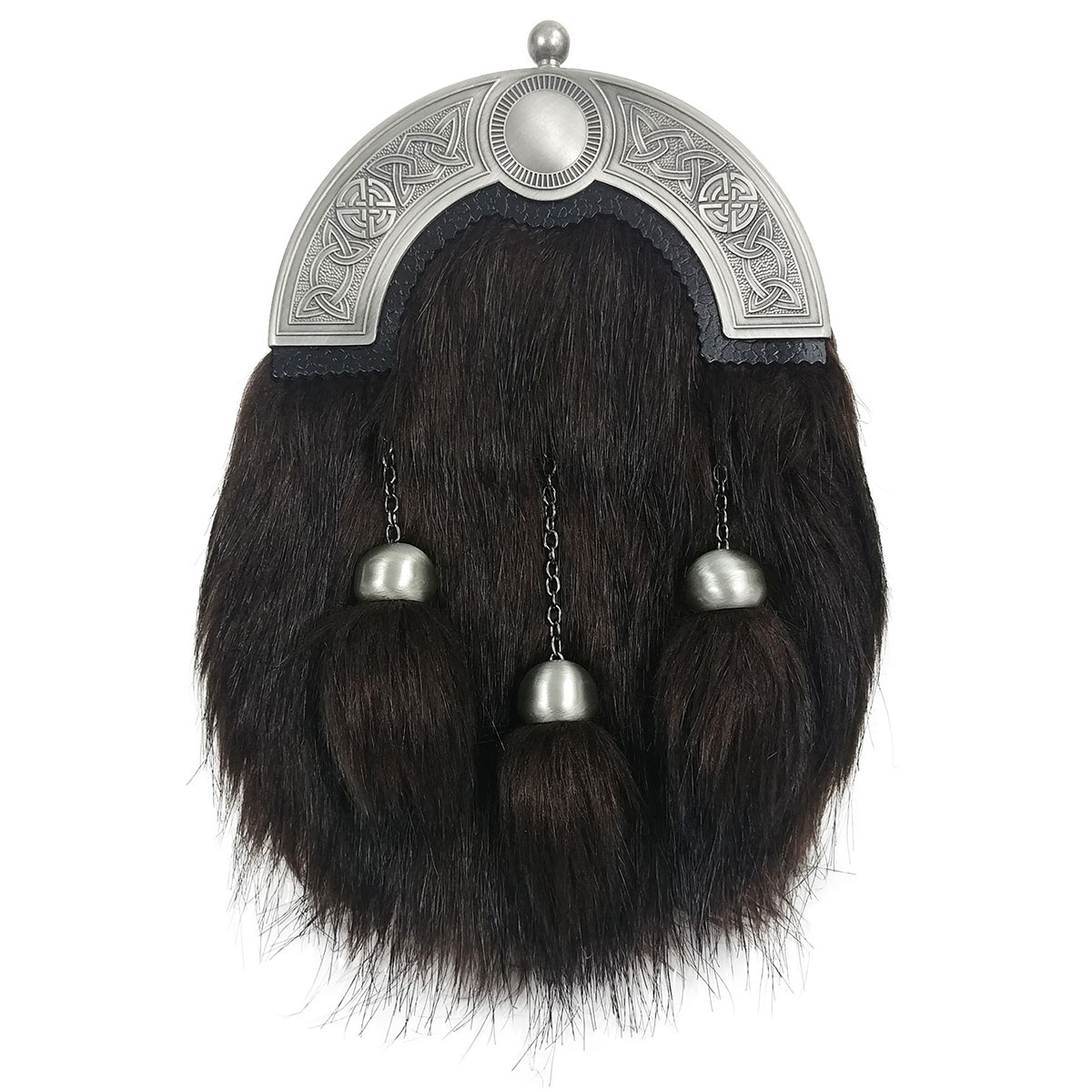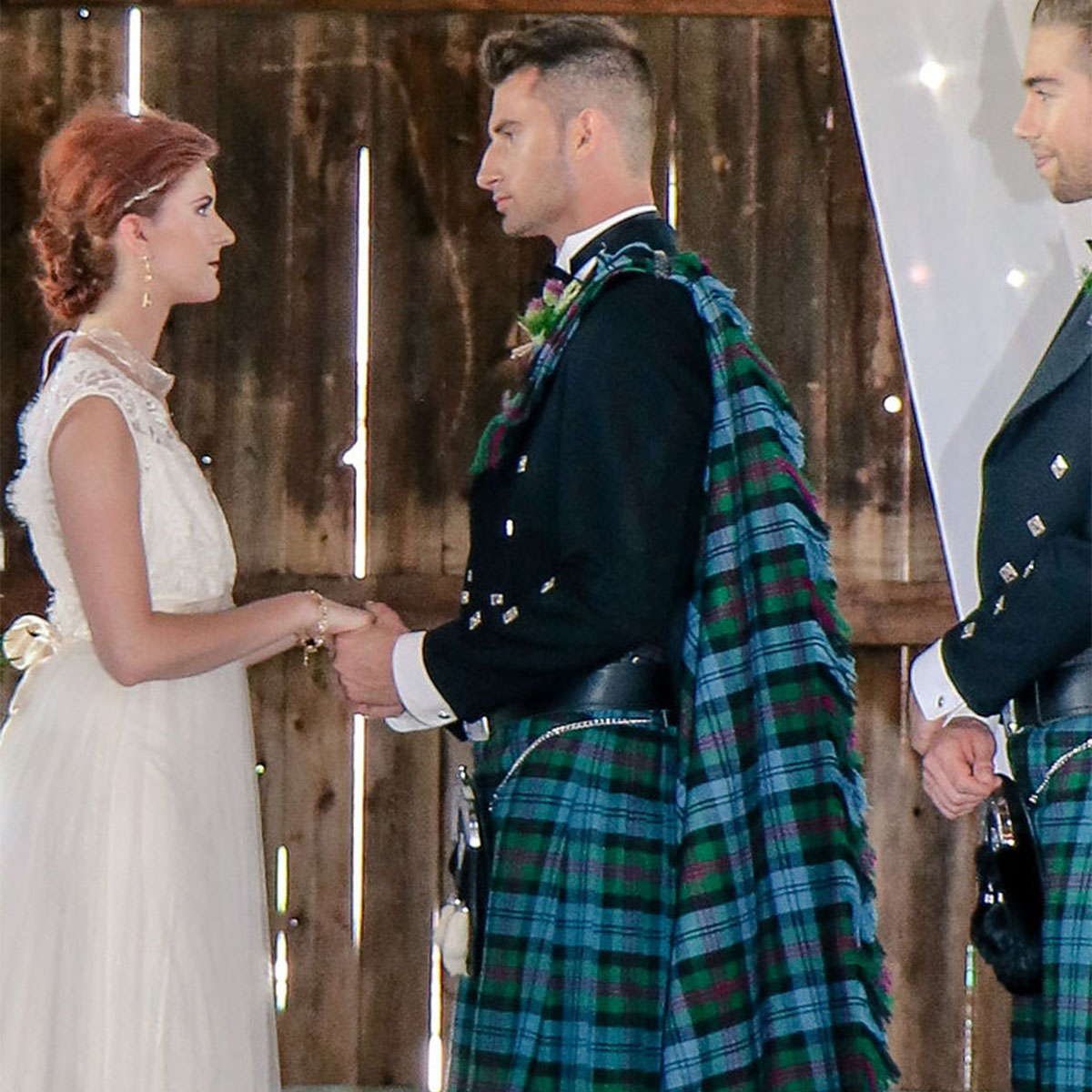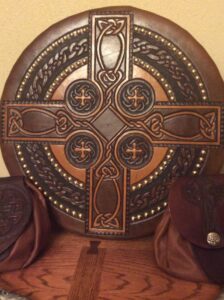
Among the many unique weapons and tools Highlanders carried with them is the famous Scottish targe. A targe, or small shield, is often featured in Scottish warriors’ hands as they are charging into battle.
Weapons, along with defensive items, were an essential part of daily attire for most Highlanders. Even when they weren’t in battle, a reliable weapon could come in handy everyday.
When fighting in close combat, Highlanders usually carried a broadsword or dirk in one hand and a targe mounted on their other forearm.
It wasn’t unusual for a warrior to carry a downwards-pointing dagger in the hand with the targe, too. This positioning allowed the fighter to stab downward, for example, into the shoulder blade, or hook an opponent’s arm or weapon.
The word “targe” likely came from the word “target,” which initially meant “small shield.” Of course, the term “target” later evolved to mean “an object at which one aims.” (Not exactly the image you want your shield to evoke!)
But prior to the 18th century, Scottish shields were known as targes, probably deriving from the Old Franconian word targa and the Proto-German word targo.
How does a Scottish targe look?
The Scottish targes were relatively basic.
Targes are generally round-shaped and about 20 inches in diameter, give or take. Most often, Highlanders made their targes of iron, or wood plated with iron or leather.
If the targe was wooden, it featured two reinforced pieces of wood that resembled current-day plywood. The targe featured two very thin layers of flat wooden boards layered on top of each other with their wood grain patterns alternating (i.e., at a 90-degree angle).
Constructing the shield with the wood grains at right angles provided additional reinforcement. The layers were held together with small wooden pegs.
A tough material, like cowhide, covered the front of the targe. The material was attached to the wood with brass or silver nails. In some instances, brass plates held on the cowhide, both to attach the cowhide and to add decor.
Highlanders would sometimes decorate the cowhide on the targe, and many of the Scottish targes feature embossed Celtic patterns.
Interestingly, Highlanders did not decorate targes with “clan” patterns or anything to indicate unity within a clan. Individuals could choose their personalized decor, and consequently, decoration and quality were indicators of status.
A material such as deerskin sometimes covered the reverse side of the targe. Some warriors would cover the backside of their targe with a piece of red cloth they took from the “red coat” of a British soldier they killed in battle.
Scottish targes were generally concave, leaving a spot for the carrier’s arm. The Highlander would hold onto enarmes, or leather straps, which were on the back. One strap could be attached to the forearm and often featured an adjustable buckle.
The other strap was used as a grip for the hand. Some targes have a handle on the back instead of the fixed strap.
You might have seen movies featuring Highlanders carrying a targe slung over their back with a strap. Unfortunately, there is little actual historical evidence to support the theory that Highlanders wore the targe this way.
The History of the Scottish Targe
As time progressed, Highlanders developed different targes for different uses. Sometimes, a targe would refer specifically to a special shield used for jousting. There were also very small targes, which were known as bucklers. There were also many targes created solely for looks — they were never intended for use in battle or duels.
Remember that from the 13th to 16th centuries, the shield was a common sight in Europe. Europeans were seen gripping shields in battle, of course, but also in duels, well into the 16th century.
As they did with so many other weapons and tools, the Highlanders modified the European shield to better suit clan warfare. The Scottish targe became a common implement throughout the Highlands until it was banned in 1746 after the Battle of Culloden, where the Jacobites were defeated.
What else did the Jacobite Disarming Act prohibit? It outlawed people in certain parts of Scotland from possessing broadswords, poignards, whingers, dirks, side pistols, guns, and many other weapons. It essentially attempted to take away the Highlanders’ ability to defend themselves.
Targes were not only banned at this time, but many existing ones were destroyed. This prohibition and subsequent destruction mean that most historical Scottish targes preserved today feature stunning decoration with great detail. They feature intricate patterns and luxurious materials. Most likely, these targes belonged to important people and were never meant to be used in battle.

Ready for Battle?
Are you ready to arm yourself like a Highlander? There are a few specific weapons and tools that are synonymous with Scottish warriors. Here’s what you’ll need to get started:
- a broadsword, or long heavy sword (bonus points for basket-hilted broadswords!)
- bows and arrows (prior to the late 17th century, that is)
- a dirk, or long stabbing knife
- a halbard, or battle axe on a long handle
- a dag, or pistol
- a targe, or small shield
- a claymore, or Scottish longsword
- a sgian dubh, or small, single-edged knife (for more information on this knife, read here.)
Fighting with a broadsword and targe is a passionate hobby for many people today. Look for a Historical European Martial Arts (HEMA) organization near you. You can also find instructors that offer intensive training courses. With a little practice, you’ll be able to live out your Highlander warrior dream with a broadsword and targe!
